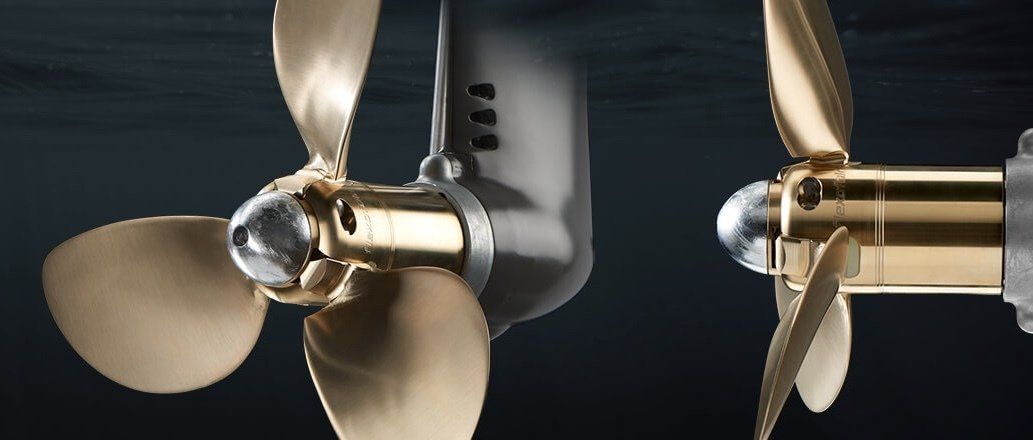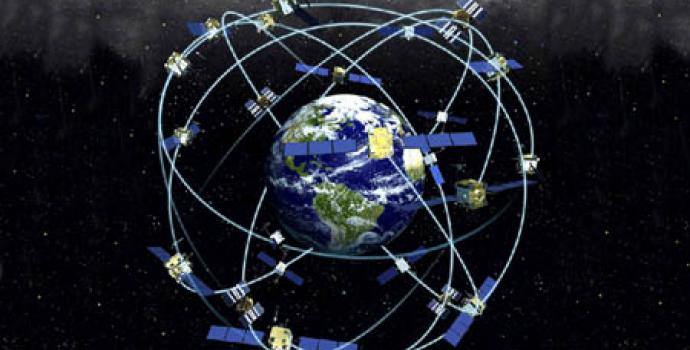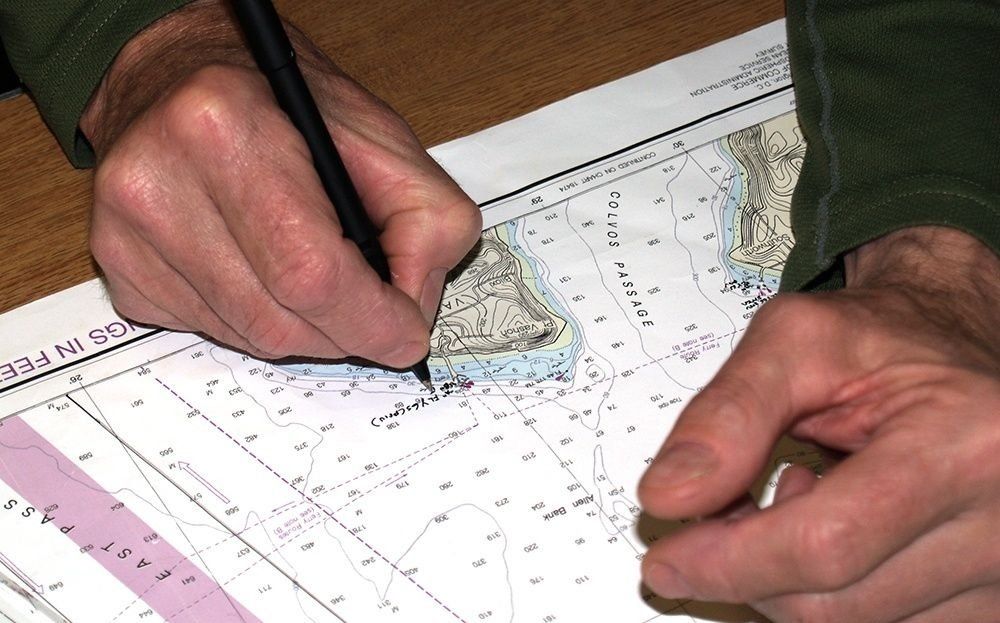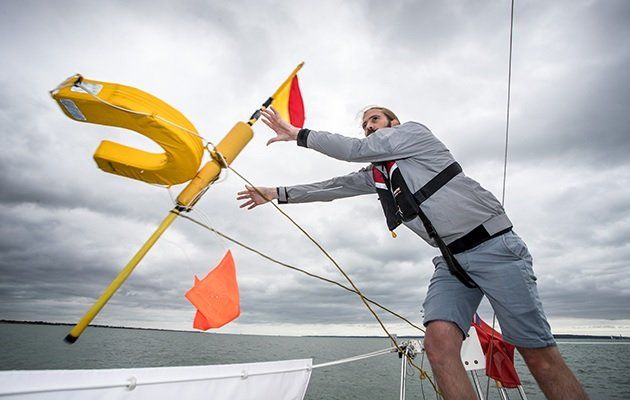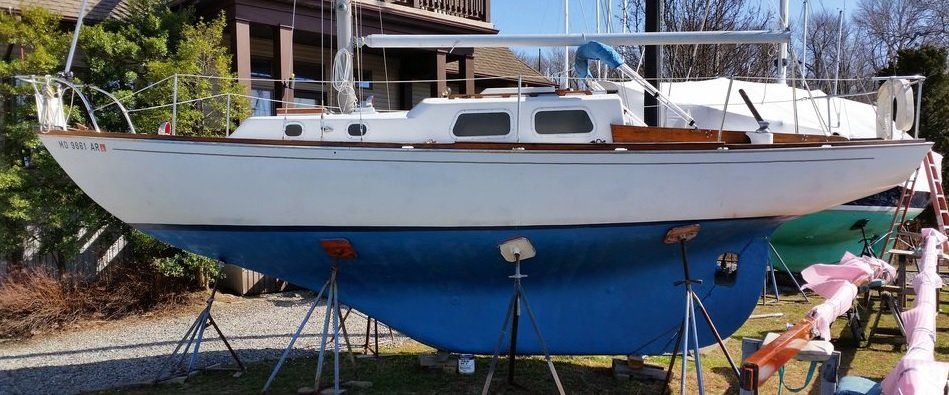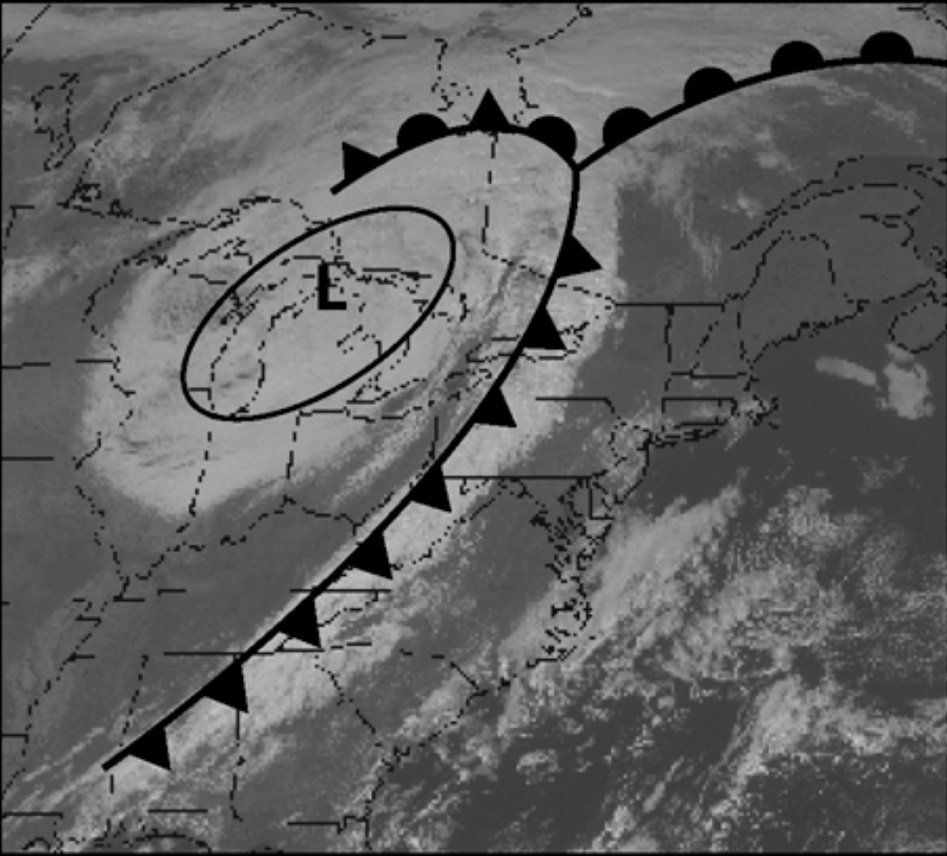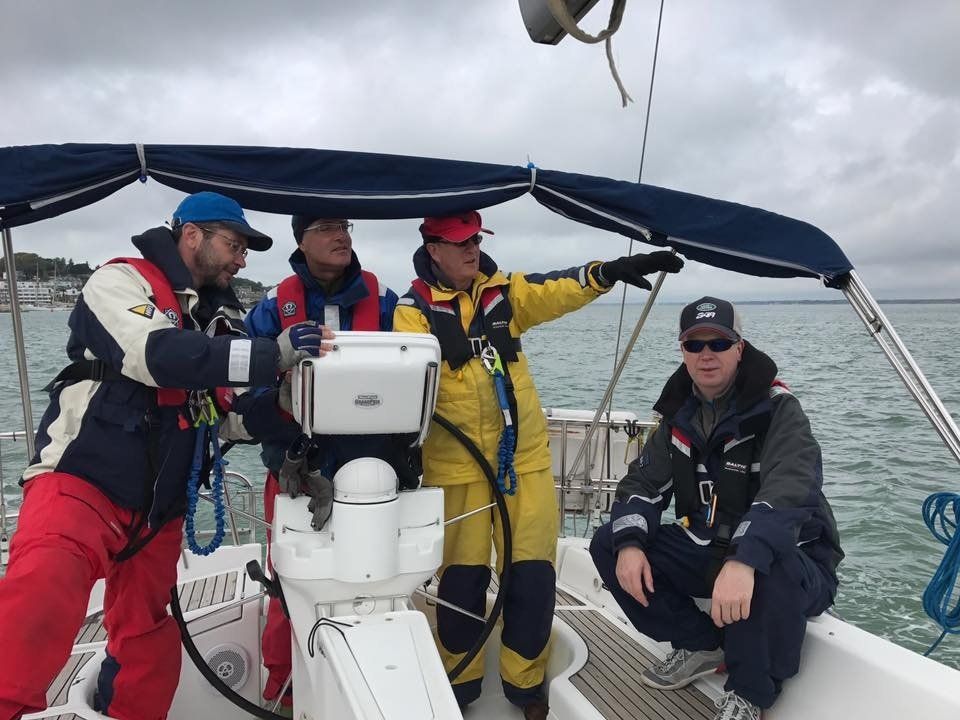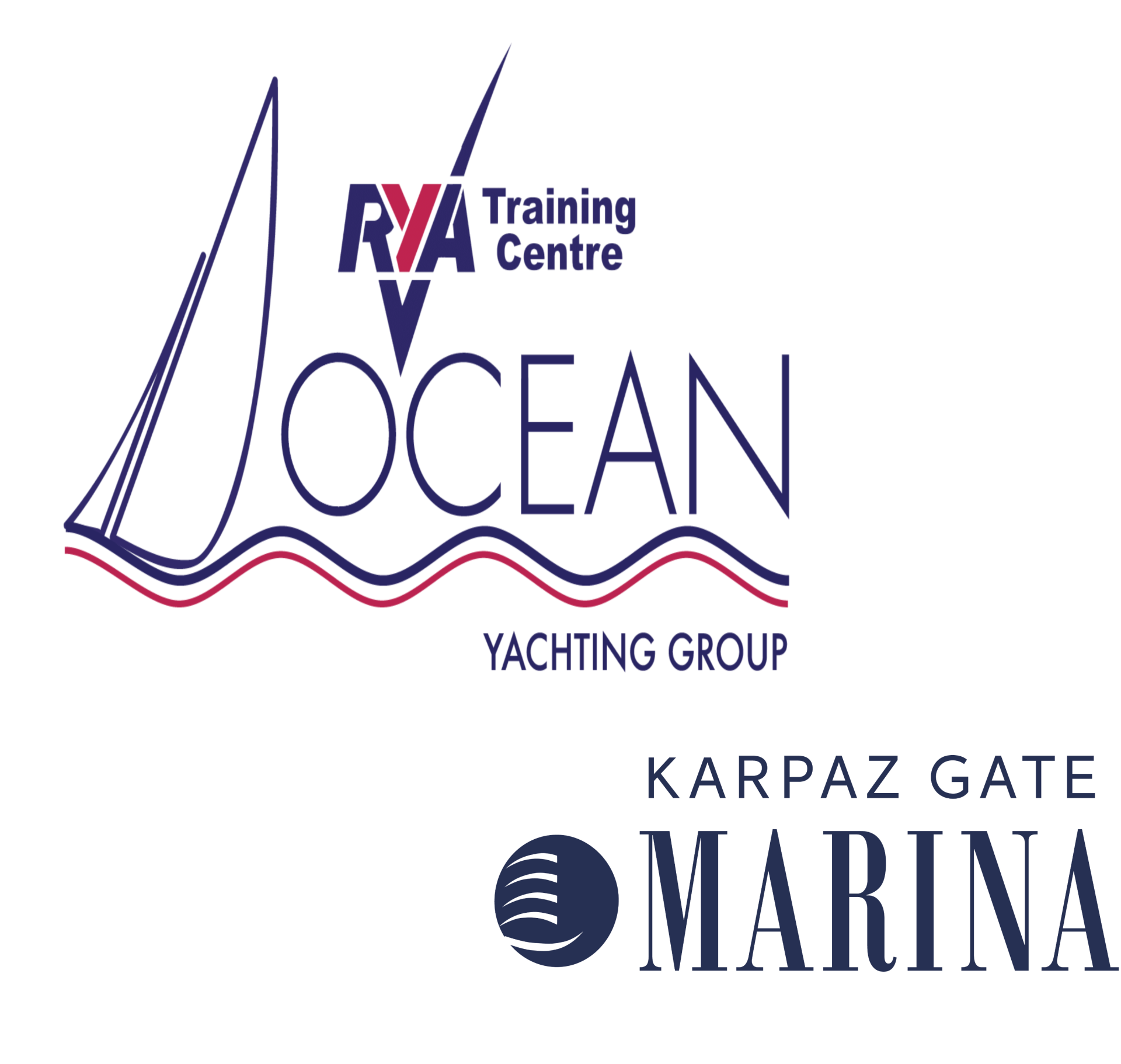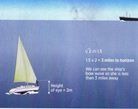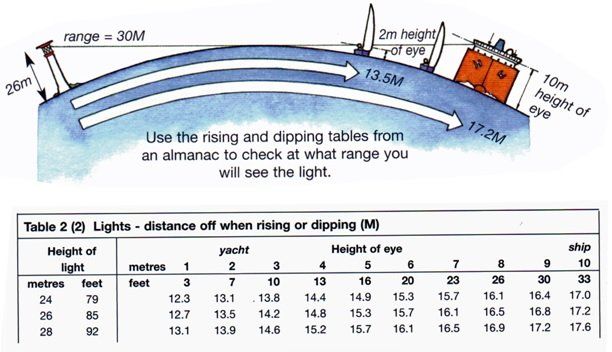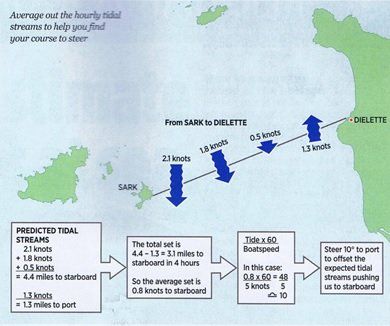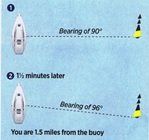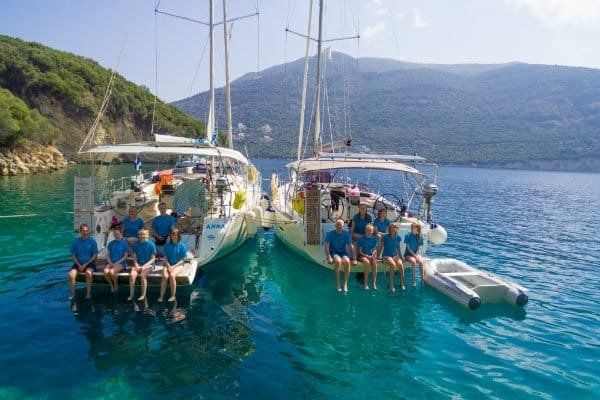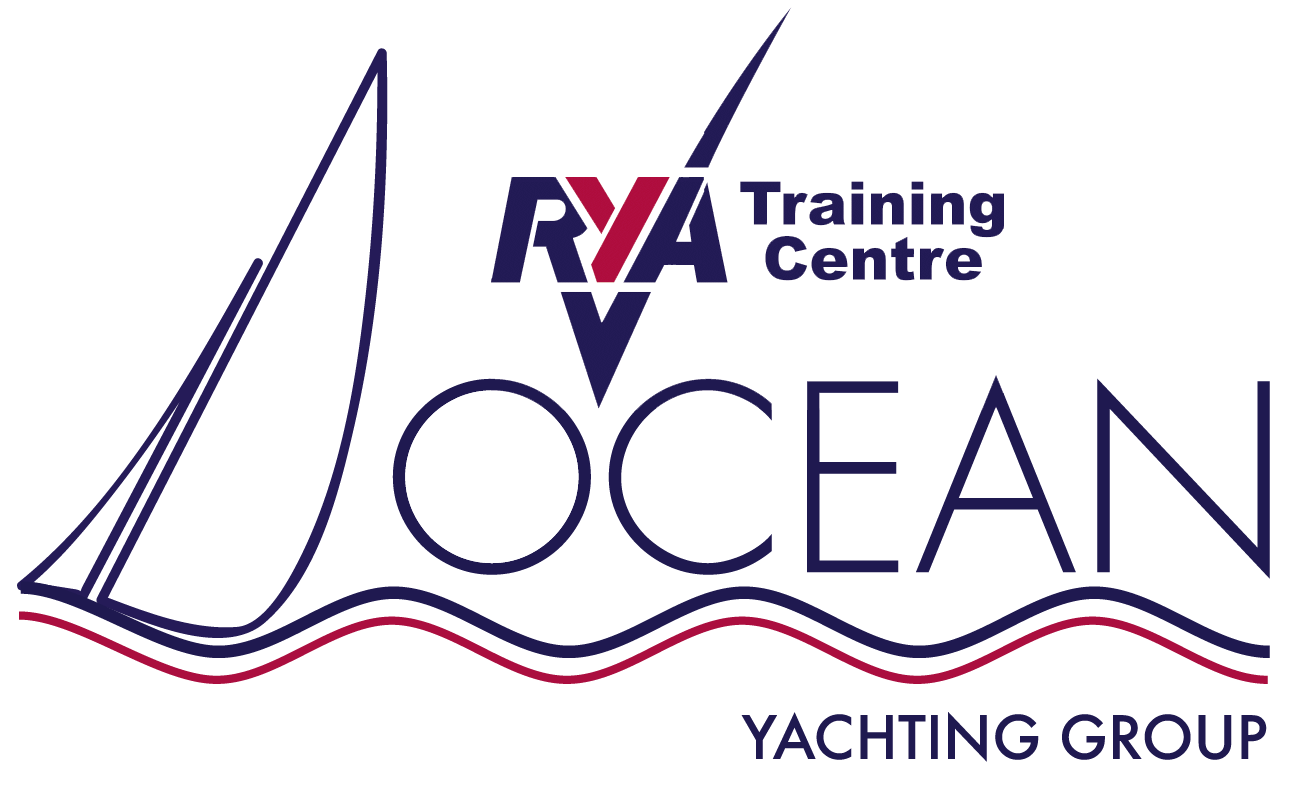מדידת מרחקים וזוויות בים ללא כלי מדידה
מדידת מרחקים וזוויות בים ללא כלי מדידה האם אפשרי?

המאמר הבא ינסה לספק לנו תשובות האם ניתן למדוד מידות בים ללא הצורך בציוד מדידה מדויק ויהווה פתיח לסדרה של מאמרים בנושא ניווט חירום.
הקדמה
מאז שאני זוכר את עצמי מפליג מצאתי את עצמי משתמש באצבעות ידי בכדי למדוד ולא בכדי להצביע "לדוגמא ראו את הספינה שלוש אצבעות לדופן שמאל" שיטות אלו הדירו מידי פעם לפעם מבטי תמיהה מחברי הימאים אך השיטה יעילה ביותר.
אנו יכולים לקבל הערכה די מדויקת של מיקום עצמים בים או על היבשה באם נשתמש באצבעות ידינו למדידה יחסית לחרטום הספינה "אדום או ירוק" מאשר אם נאמר מעט ימינה או שמאלה מחרטום הספינה.
השיטה מדויקת עבור כל סוגי האנשים, אלו בעלי אצבעות עבות בדרך כלל יהיו בעלי זרועות ארוכות יותר ואלו בעלי אצבעות צרות בדרך כלל יהיו בעלי זרועות קצרות יותר כך שרוחב האצבע בחלקה הטבעתי (זוויתי) יהיה יראה תמיד מידה של כ °1.5 מעלות, אגרוף כמוץ יסמן מידה של כ°10 מעלות ומפתח היד מאגודל לזרת יסמן מידה של כ °15 מעלות.
אז איך נקבל תחושה למרחק
כאשר אנו הולכים לבצע בדיקת ראיה אנו נתקלים בתרשים סטנדרטי המבוסס על העיקרון שכל אדם בעל ראיה תקינה יכול לראות להבחין באובייקט הנמצא במרחק של 1/60 מעלה לרוחב. עיקרון זה מקביל לאדם הרואה כדור במרחק של כחצי מייל (0.9 ק"מ) אם זה מפתיע אתכם זה בגלל שאנו נוהגים לעמוד מרחקים של עצמים שונים במרחק קצר מהמרחק האמיתי, אנחנו פשוט לא מעריכים את יכולתנו האמתית למדוד מרחקים, אך בעולם האמיתי בהם הדברים אינם שחור או לבן והתאורה וכושר הראיה אינם מושלמים הקווים המנחים של מה שאנו יכולים לראות או לעמוד נוטים להיות לא מדויקים או מטושטשים. לשם כך אנו נדרשים לתרגול בכדי לפתח את היכולת לעמוד מרחקים בצורה מדויקת. היכולת הזאת מתפתחת על ידי ניחוש של המרחק ווידאו על ידי אמצעים מדויקים כגון ג'י פי אס ומפה ואו בעזרת ציון מיקום של ספינה עוגנת וניסיון לשערך את גודלה באינטרוולים שונים של מיקומינו יחסית אליה.
אנו יכולים לזהות אדם במרחקים של כ 500 מטר ולזהות קיום במרחק של כמייל (שני קילומטר בערך). במרחק של כמייל אנו יכולים לספור את מספר החלונות בבניין או כלי שיט או להבחין בין מכוניות או משאיות במרחק של כשני מייל נוכל להבחין ולמנות שכבות של קונטיינרים המונחים על גבי ספינת מסע ולראות מצופים גדולים בים אבל ללא יכולת לזהות אותם ללא משקפת. כלי שיטי ובניינים יזוהו במרחק של חמישה מייל אבל בתנאים אופטימליים של מזג אויר ותאורה. המרחק יכול לגדול לעשרה מייל או יותר.
כיצד נמדוד מרחק לאופק
האופק הוא כלי נהדר להערכת מרחקים בים בעיקר בגלל שאם נוכל להבחין במשהו בים זה יהיה האופק אך מהקוקפיט של היאכטה האופק הרבה יותר קרוב מאשר אנשים מעריכים.
הנוסחה לחישוב האופק מוכרת על ידינו מלימודי ימאות וניווט חופי
מרחק האובייקט = (גובה הצופה)√*2.1
כך שאם אנו ממוקמים שני מטר מעל קו המים בספינתנו, זה אומר שנראה את כלי השיט במרחק של כשלושה מיילים.
אם איננו מצליחים לראות את קו המים של כלי השיט בתצפית אז המרחק ארוך משלושה מייל.
כיצד נבצע הערכת מרחק ביום
כאשר אנו מפליגים ביום (בלילה נתון לנו המרחק המקסימלי להתגלות במיילים) אנו חמושים בנוסחה להערכת מרחק מהאופק כאשר פה נוסף לה נטבח נוסף וזהו מועד ההתגלות של מגדלור על האופק. המרחק ידוע כמרחק הגאוגרפי של המגדלור או מרחק השקיעה שלו.
מרחק ההתגלות במיילים =(גובה הצופה)√*+2.1(גובה המגדלור)√*2.1
כך שאם מרחק האופק שלנו ומרחק האופק של המגדלור יתגלו אחד לשני זה המרחק המקסימלי בו ניתן יהיה להבחין במגדלור
לדוגמא אם מגדלור בגובה 50 מ מעל פני הים בשיא הגאות הממוצעת ((MHWS ואנו עומדים בקוקפיט של יאכטה טיפוסית בה מרחק האופק הוא שלושה מייל אז מרחק ההתגלות יהיה כ 17 מייל כי שורש הגובה של המגדלור כפול 2 בערך יהיה 14 מייל.
כיום בכל האלמנקים יש טבלאות מרחק אופק צופה כך שלא נדרשים חישובים.
נוכל להבחין באלומה מעורפלת במרחק של כ 20 מייל אבל באופיינית המדויקת של המגדלור נבחין כשנגיע ל 17ממייל או פחות.
וזה מביא אותנו לחוק 1/60
הסינוס של כל זווית עד 45 מעלות הוא אחד חלקי שישים של מספר המעלות. בדיוק של כ 5% האם זה נתון מלהיב?
אז כן, הוא צריך להיות באם אנו לא גאונים מתמטיים בגלל שנתון זה מאפשר לנו לבצע חישובי ניווט על ידי ביצוע שערוכים פשוטים.
אם הצד הארוך של המשולש בתמונה הוא 60 מייל ימי אז הזווית בין הצלעות של המשולש תהיה באותו ערך של אורך הצד הקצר של המשולש.
לא משנה באיזה יחידות מידה נבחר כל זמן שנבחר את אותם היחידות לאורך כל התרגיל. כאשר נשתמש בחוק נוכל לתכנן CTS הלוקח בחשבון זרמים(גאות ושפל) מבלי להיות צרכים לשרטט אפילו קו אחד על המפה.
- חבר את כל הזרמים לשעה הדוחפים אותך לשמאל המהלך המסלול ואת כל הזרמים השעתיים הדוחפים
אותך לימין לאורך המסלול
- נשתמש בשני הסכומים בכדי למצע את הזרם הכולל לאורך המסלול
- נכפיל את הממוצע ב60
- נחלק את התוצאה במהירות הממוצעת של הספינה
- התשובה נותנת את המרחק שאותו יש להפליג במעלה הגאות בנקודת ההתחלה
כיצד נמצא מצוף בעזרת החוק 1/60
דמיין שאתה מפליג לאורך החוף ורוצה להיות בטוח שחלפת על פני מצוף שמסמן סלעים מסוכנים במרחק קצר מהחוף, המצוף מופיע במפה אך עדיין במרחק גדול מידי מכדי שנבחין בו. מכיוון שאנו יודעים את המרחק של המצוף מקו החוף (מהמפה) אז אנחנו יכולים להעריך את המרחק הזוויתי בין המצוף לבין קו החוף.
- אם המצוף במרחק של 4 כבלים או 0.4 מייל מהחוף
- תוך כדי שימוש בחוק 1/60 אם ההינו במרחק של 60 מייל מהמצוף אז הזווית אליו הייתה 0.4 מעלות מהחוף
- אם אנחנו במרחק של שישה מייל מהמצוף אז הזווית תהייה 4 מעלות מהחוף
- באם אנו שלושה מייל מהמצוף אז הזווית תהייה 8 מעלות
- ואם נשתמש בחוק האצבע מתחילת המאמר אז המצוף אמור להיות כחמש אצבעות מדופן הספינה אל החוף
כיצד נוכל לזהות סטייה מנתיב בעזרת החוק 1/60
כאשר אנו חולפים תוך כדי הפלגה על פני עצם נייח אנו יכולים להשתמש בחוק 1/60 בכדי למצוא את המרחק אל העצם.
קח תכווין אל העצם בעזרת מצפן תכוונים כאשר הוא ברוחבית הסירה מדוד את הזמן שבו לוקח לתכווין להשתנות בכמות המעלות כמהירות ספינתך. הזמן יהיה המרחק במיילים
לדוגמא:
- אם ספינתך מפליגה במהירות שישה קשרים כאשר אתה חולף על פני העצם ולוקח תכווין אליו והתכווין היה °90 מעלות (רוחבית הסירה)
- ולוקח תכווין נוסף כעבור דקה וחצי והיה °96 מעלות
- אז המרחק שלך מהמצוף הוא כ1.5 מייל
